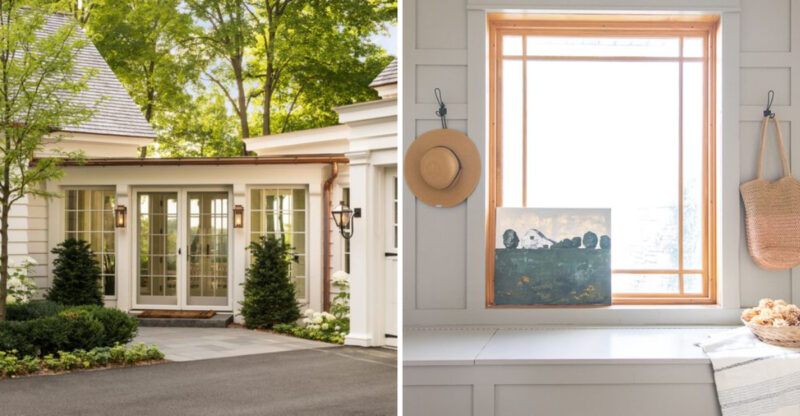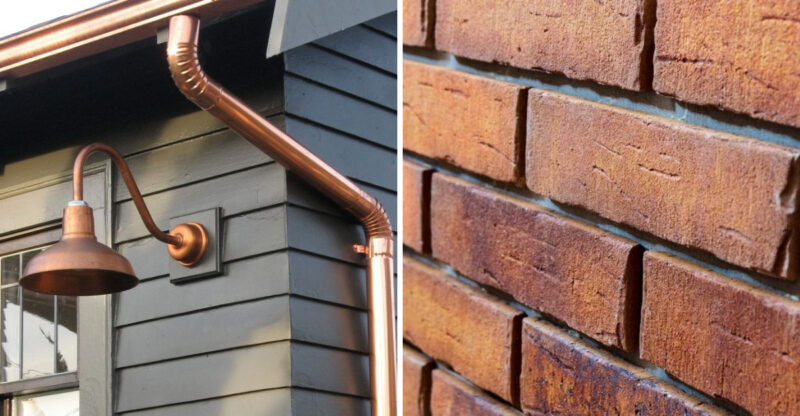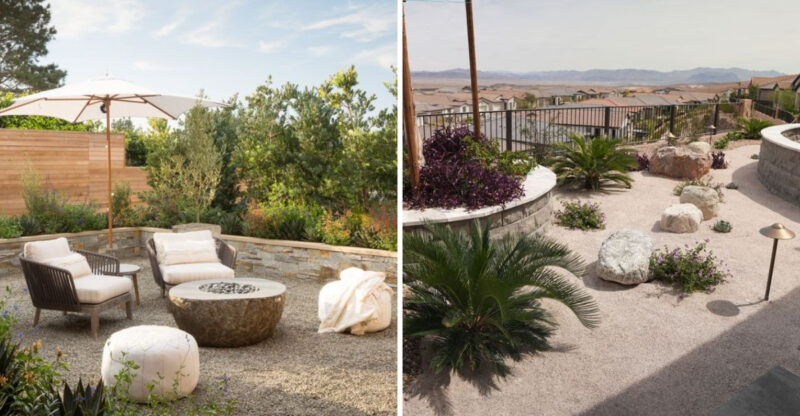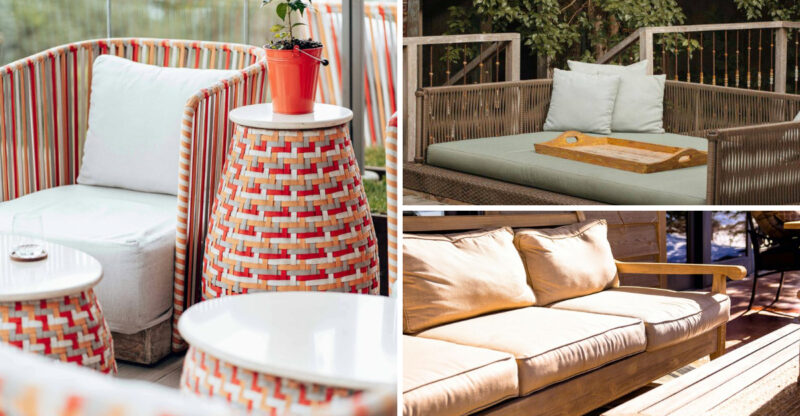7 Common Outdoor Space Designs Found In Vermont Neighborhoods
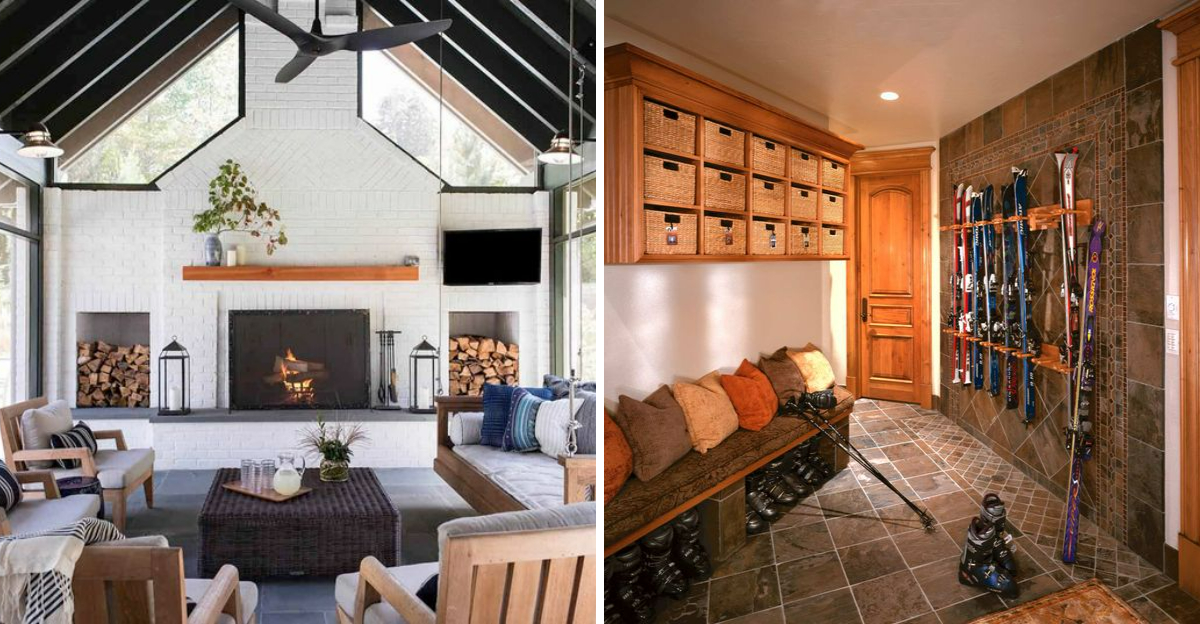
Vermont neighborhoods showcase outdoor spaces that perfectly blend natural beauty with practical New England living. From mountain-view patios to spaces designed for harsh winter conditions, these outdoor areas reflect Vermont’s unique character and environmental consciousness.
Whether you live in Burlington or a small rural town, these seven outdoor designs capture the essence of Green Mountain State living.
1. Maple-Shaded Patios
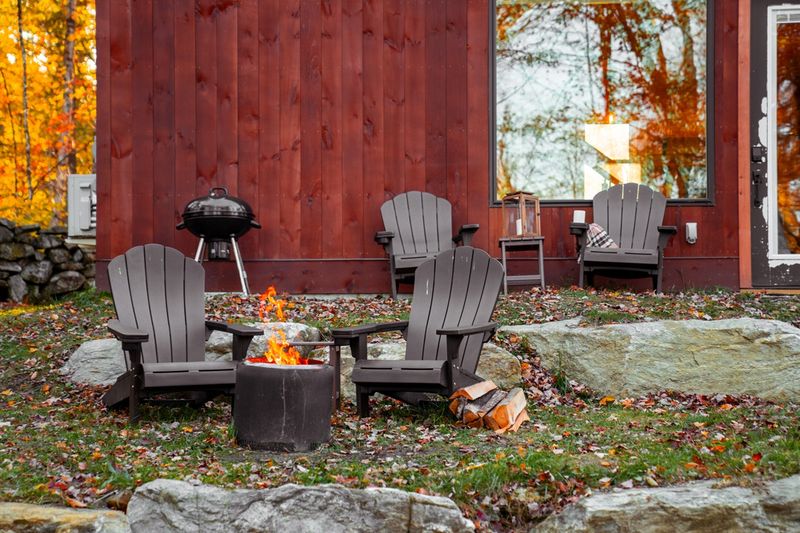
Nothing says Vermont like relaxing under the dappled shade of sugar maples. These patios often feature locally-quarried slate or bluestone that absorbs the day’s warmth and releases it during cool evenings.
Vermonters arrange comfortable Adirondack chairs in conversation circles, perfect for enjoying the spectacular fall foliage. Many homeowners position these patios to maximize southern exposure, extending the outdoor season in this northern climate.
2. Mountain-View Decks
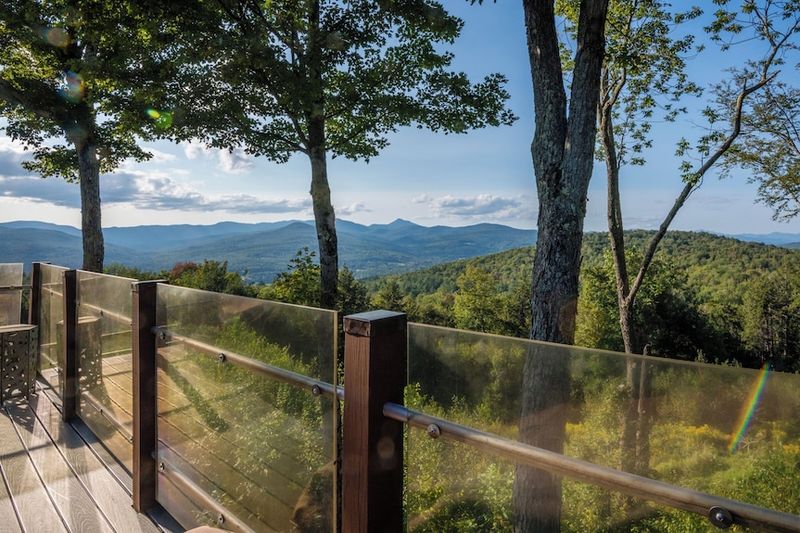
Perched strategically to capture breathtaking Green Mountain vistas, these elevated wooden platforms transform ordinary backyards into personal lookout points. Cedar and pressure-treated pine withstand Vermont’s harsh freeze-thaw cycles while blending with the natural surroundings.
I’ve noticed many homeowners install glass railings instead of traditional wooden balusters to preserve unobstructed views. Thoughtful lighting allows families to enjoy stargazing on clear Vermont nights long after the sun dips behind the mountains.
3. Farm-to-Table Gardens
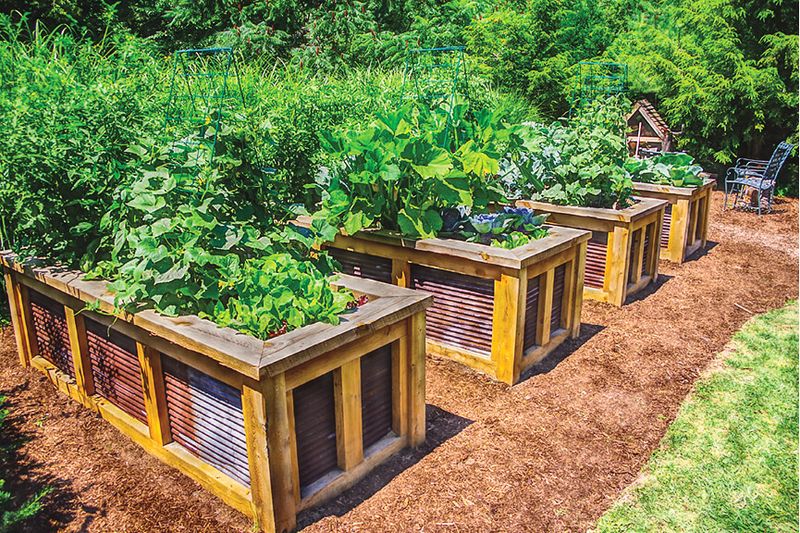
Short growing seasons don’t stop Vermonters from creating productive vegetable gardens! Raised beds dominate these practical spaces, warming soil earlier in spring and extending harvest into fall. The classic Vermont kitchen garden typically includes hardy crops like kale, potatoes, and heirloom tomatoes.
Stone pathways weave between beds, allowing easy access for tending and harvesting. Many households incorporate cold frames or mini-greenhouses to jump-start seedlings, reflecting Vermont’s self-sufficient spirit and commitment to local food production even in residential neighborhoods.
4. Stone Fire Pits
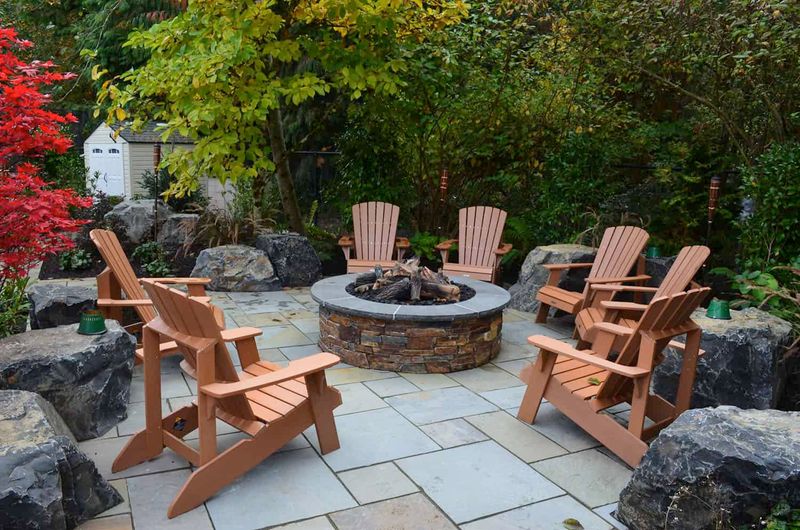
When temperatures drop, Vermonters gather around rustic stone fire pits that extend outdoor enjoyment well into the chilly months. Fieldstones collected from local land create authentic circles that appear as if they’ve always belonged in the landscape.
You’ll find these gathering spots nestled into slight depressions to block prevailing winds. Most designs incorporate a wider seating area on the downwind side, maximizing comfort during those crisp autumn evenings. Stacked firewood nearby becomes both functional necessity and rustic decor element in these thoughtfully designed spaces.
5. Wildlife-Friendly Borders
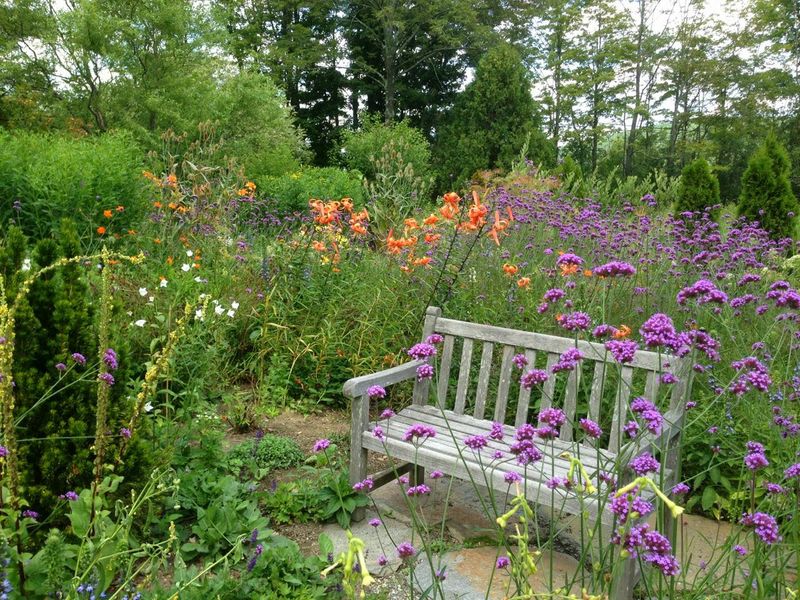
Embracing Vermont’s natural heritage, many homeowners create habitat-rich borders using native plants that attract pollinators and birds. Black-eyed Susans, bee balm, and native asters provide splashes of color while supporting local ecosystems.
Rock walls salvaged from old farm boundaries often define these naturalized areas, creating microhabitats for beneficial insects and small mammals. Bird feeders and houses complete these sanctuaries, turning yard edges into vibrant zones where children can observe chickadees, cardinals, and occasional visits from deer or wild turkeys.
6. Four-Season Porches
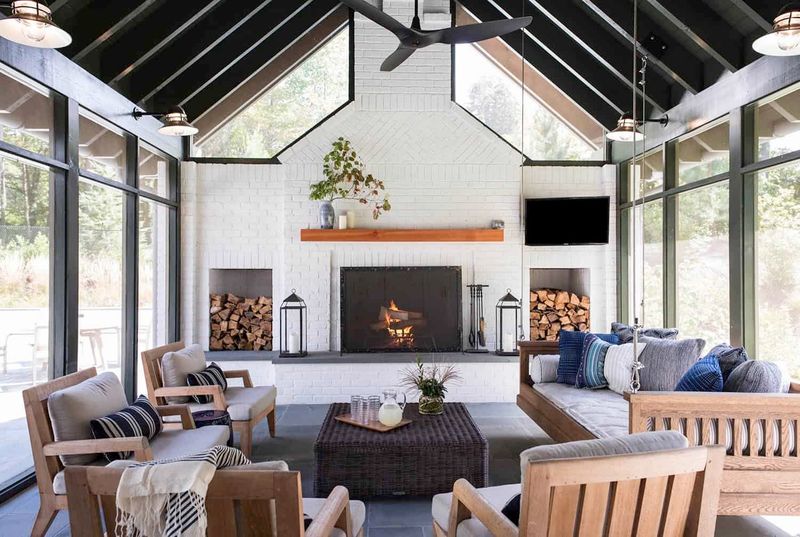
Practical Vermonters blur the line between indoors and outdoors with screened porches that convert for year-round use. These versatile spaces feature removable glass panels that replace screens when temperatures drop, creating three-season sunrooms.
During summer, ceiling fans circulate mountain breezes. Come winter, many homeowners add portable heaters, transforming these spaces into cozy reading nooks with panoramic snow-covered views. The classic Vermont porch often incorporates reclaimed barn wood beams and locally crafted furniture, celebrating the state’s rich architectural heritage.
7. Ski Gear Mudrooms
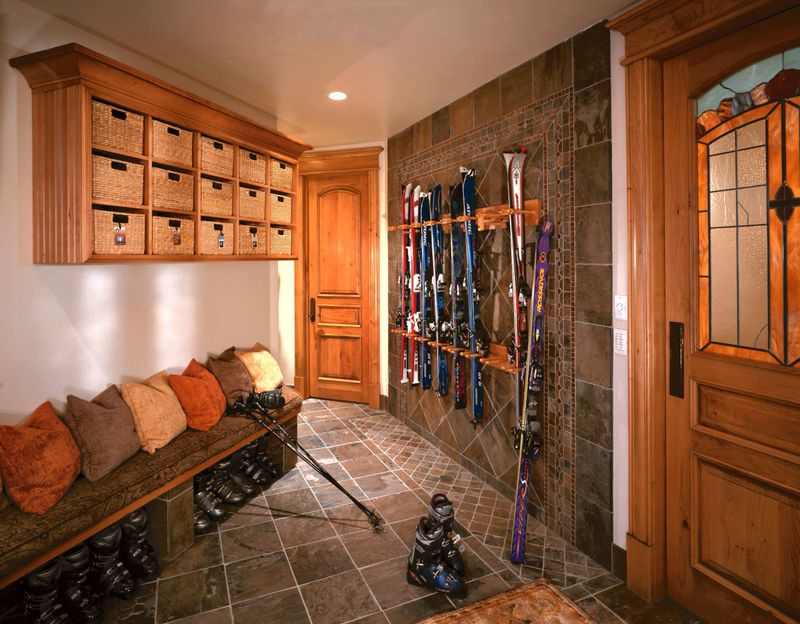
Unique to Vermont’s outdoor-loving culture, these transitional spaces bridge backyards and home interiors. Custom built wooden racks hold skis, snowshoes, and hiking poles, while heated floors dry boots overnight.
Benches with storage underneath provide convenient spots to gear up before heading out to nearby slopes. The most practical designs include outdoor shower attachments for rinsing mountain bikes in summer and washing muddy dogs year-round. These hardworking spaces reflect Vermonters’ active lifestyle while keeping the elements where they belong, outside.


